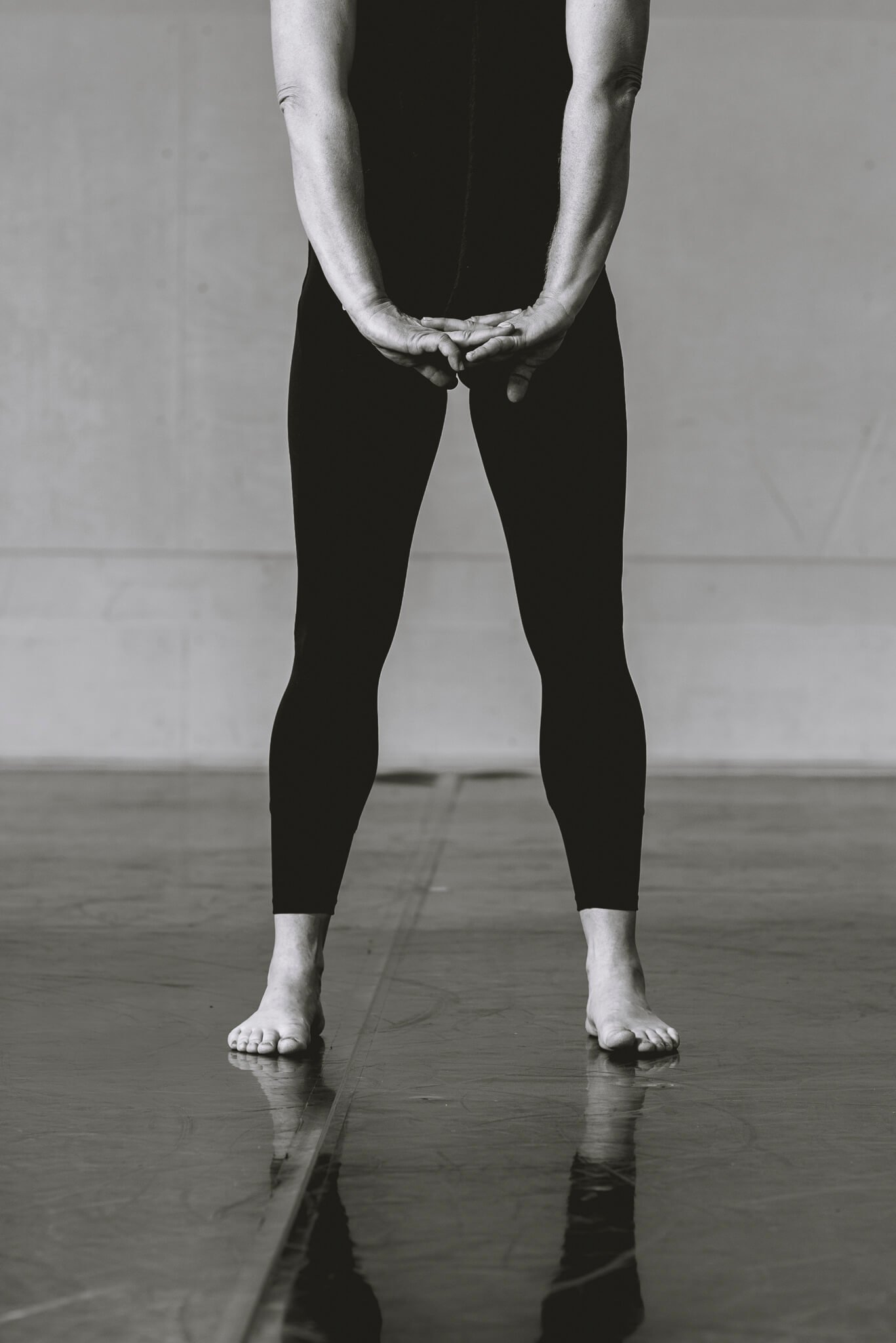
FAQ
-
Who is SOMA Training for?
SOMA Training is for everyone, aiding in both rehabilitation and preventative care. The exercises are beneficial for young and old, as well as those with injuries or those seeking to enhance the enjoyment and wellbeing in their everyday lives.
I work with all ages from young professionals, athletes, and older individuals looking to ease pain and enjoy everyday activities.
-
I already go to a physical therapist/trainer, how is this different?
SOMA Training provides different types of exercises than you would experience with a physical therapist or personal trainer. Often used alongside other modalities, SOMA Training uses a biomechanical model that takes the interconnected complex nature of the human body into account, unlike traditional physical therapy or generalized personal training.
Many of my clients have experienced relief through SOMA Training that they did not receive in working with their therapist or trainer. It targets different areas in more specific ways.
-
I had surgery some time ago and still experience pain. Can this help me?
Yes, most definitely. I had spinal surgery more than 11 years ago and have been using these exercises to help keep my spine healthy and body balanced. I discovered SOMA training post-surgery myself when looking for alternatives to the traditional options of physical therapy, epidurals, medications and more surgery.
It was SOMA training exercises that significantly reduced my pain and continue to support me so I can live an active lifestyle.
-
Can you tell me how this can be preventative? I’m not in pain right now.
Everyday our bodies are under a great deal of stress, whether we’re running around, sitting all day at a desk, traveling on airplanes or looking down at our phones texting and emailing, not to mention the sheer weight of gravity. All of these after a time take a physical toll on the body: changing our posture, compressing discs, causing muscle imbalances and eventually pain. This pain might be a sore neck one day, but can manifest as a chronic pain in the future.
Doing these exercises is like brushing your teeth, in keeping the spine healthy and muscles and connective tissues strong and balanced, we can help to mitigate the impact of our daily stressors.
-
I really want to get back to my active lifestyle, but I’m afraid it might cause more pain or issues. How can this help?
I completely understand the fear around moving when in pain. After my surgery, I struggled to complete everyday tasks let alone getting back to more rigorous activities, but found that doing the SOMA exercises actually gave me the tools so I could safely return to more rigorous outdoor activities–backpack, cross-country ski, rock climb and hike– in the Eastern Sierra.
This has also been the same experience with my clients, who when we start are in pain, some even unable to sit on the floor, but after some time regain that ability. Eventually they are able to move more and do more of what they enjoy.
-
How was SOMA training developed?
SOMA Training was developed by osteopath, Guy Voyer. Dr. Voyer is a former olympic athlete in judo, a physiotherapist (physical therapist) with several medical specializations in sports medicine, traumatology, psychological medicine, physical medicine and manual therapy. He is also an Orthopedic MD and has a PhD in Pedagogy. After completing his osteopathic studies, he focused his research on the understanding and treatment of the body’s global fascial system. Due to the fascial systems’ interconnected and complex nature, Dr. Voyer realized that traditional biomechanical principles did not address the complexity of the body’s structure, and therefore needed a new paradigm or lens, one both global and complex and a new model, tensegrity biomechanics, that could address the interconnected nature exposed through the fascial system. As a result of his extensive research, Guy Voyer D.O. developed the ELDOA system; myofascial stretching and global postural stretching, just some of the methods that are used in his Soma Training program today.
